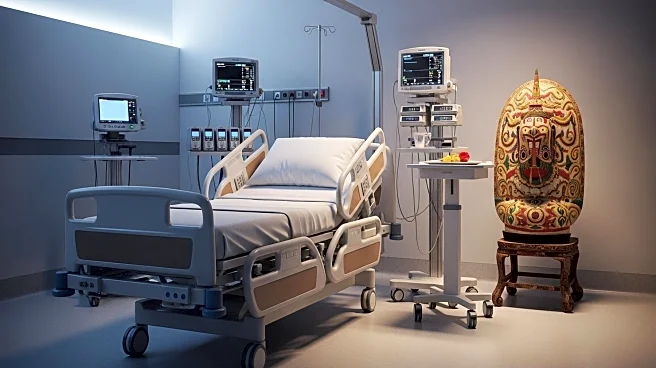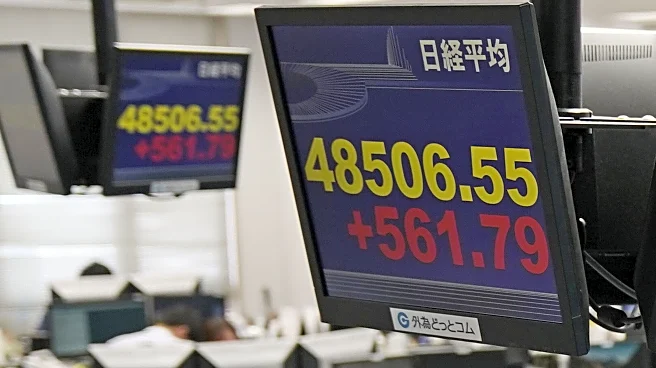What's Happening?
The medical tourism industry is experiencing significant growth, with Brazil and India emerging as leading destinations due to their advanced medical technologies and welcoming cultures. Brazil is known for its innovative procedures in neurosurgery and cardiac surgery, attracting patients from the U.S. and other countries. India offers a wide range of medical services, including oncology and cardiac care, drawing patients from Africa, the Middle East, and Southeast Asia. Both countries are implementing programs to support international patients, addressing challenges such as cultural barriers and logistical stress.
Why It's Important?
The expansion of medical tourism has substantial implications for global healthcare, providing patients with access to advanced medical treatments and technologies. This growth boosts the economies of host countries, driving investments in healthcare infrastructure and creating jobs in related sectors. For patients, medical tourism offers opportunities for high-quality care at potentially lower costs, enhancing their healthcare options. The industry also fosters international collaboration and innovation in medical practices.
What's Next?
As medical tourism continues to grow, countries like Brazil and India may further develop their healthcare infrastructure to accommodate increasing international demand. This could lead to enhanced global partnerships and the establishment of new medical tourism hubs. Healthcare providers might focus on improving patient experiences and expanding services to attract more international patients, potentially influencing healthcare policies and practices worldwide.
Beyond the Headlines
The rise of medical tourism highlights ethical considerations regarding healthcare accessibility and equity. While it offers benefits to those who can afford to travel, it may exacerbate disparities for those unable to access such services. Additionally, the focus on attracting international patients could impact local healthcare priorities and resource allocation.












